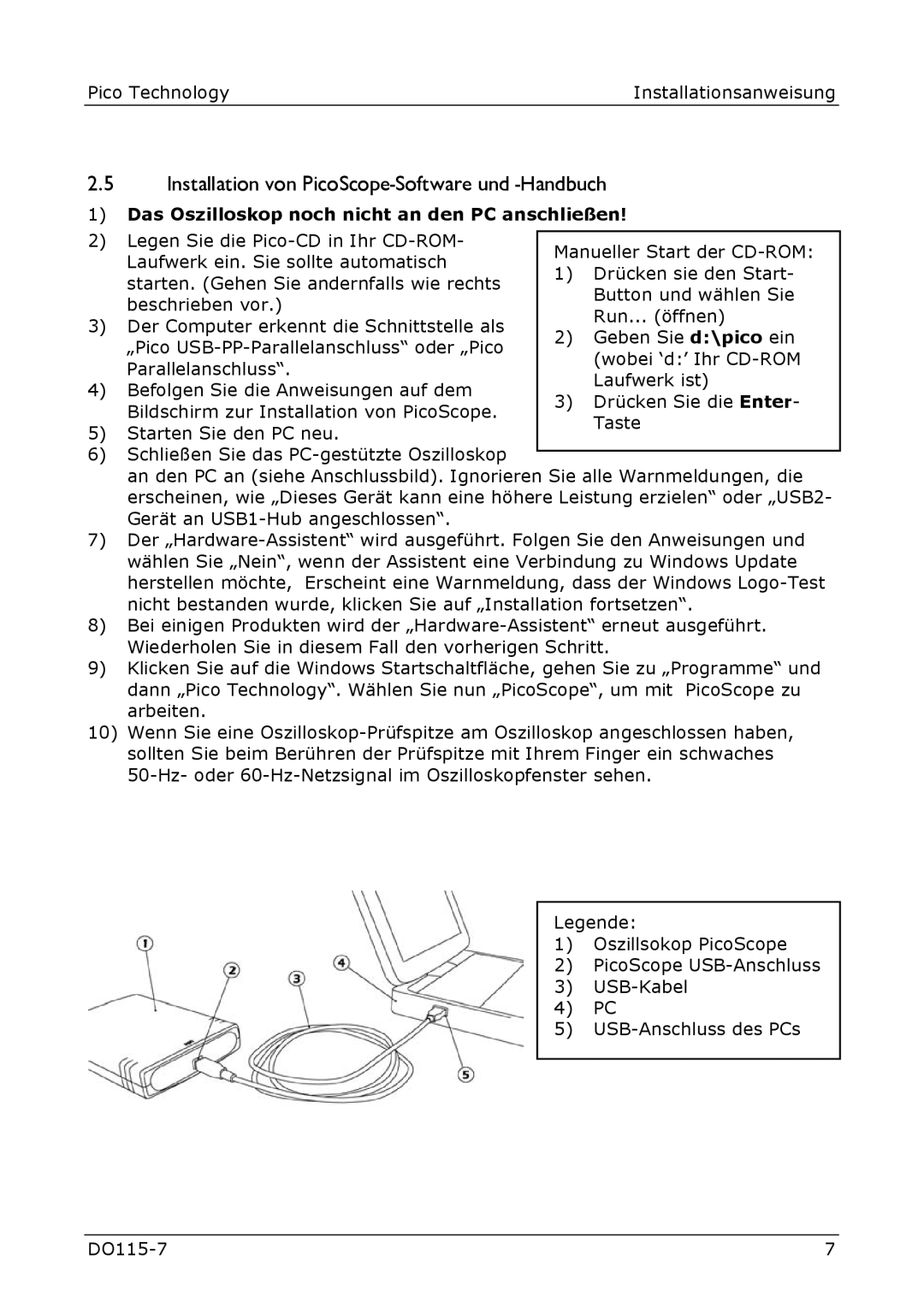2000, 5000, 3000 specifications
Pico Communications is renowned for its innovative product lineup, particularly the Pico Communications 3000, 5000, and 2000 models. Each of these communication devices is designed with unique features and technologies to meet the differing needs of users, making them essential tools in modern connectivity solutions.The Pico Communications 3000 is optimized for high-performance applications, delivering exceptional range and speed. Engineered with advanced antenna technology, it ensures robust signal penetration in various environments, making it suitable for both urban and rural settings. The device supports multiple connectivity options, including Wi-Fi, Bluetooth, and Zigbee, enhancing its versatility for smart home applications and IoT devices. Additionally, it features an intuitive user interface that simplifies configuration and monitoring, promoting user engagement and ease of use.
In contrast, the Pico Communications 5000 is tailored for enterprise-level operations, offering superior scalability and reliability. It boasts advanced encryption protocols for enhanced security, addressing the growing concerns around data privacy in corporate communications. The 5000 model is designed to handle large volumes of data traffic seamlessly, ensuring smooth operations in high-demand environments such as warehouses and manufacturing facilities. Its cloud integration capabilities facilitate remote management and analytics, empowering businesses to optimize their communications infrastructure efficiently.
The Pico Communications 2000 serves as a mid-range solution, striking a balance between performance and affordability. This model is particularly appealing to small businesses and home users who seek dependable connectivity without the complexity of higher-end devices. The 2000 offers essential features such as easy setup, stable connections, and compatibility with various peripherals and smart devices. It also includes a built-in firewall and VPN support, ensuring secure communications in a user-friendly package.
All three models leverage cutting-edge technologies, including beamforming and MIMO (multiple-input and multiple-output), to enhance connectivity and reduce interference. They are designed with energy efficiency in mind, contributing to lower operational costs and a smaller carbon footprint. With their varying features and capabilities, Pico Communications 3000, 5000, and 2000 are positioned as versatile solutions that cater to the diverse landscape of communication needs, making them integral components in the future of technological connectivity.

